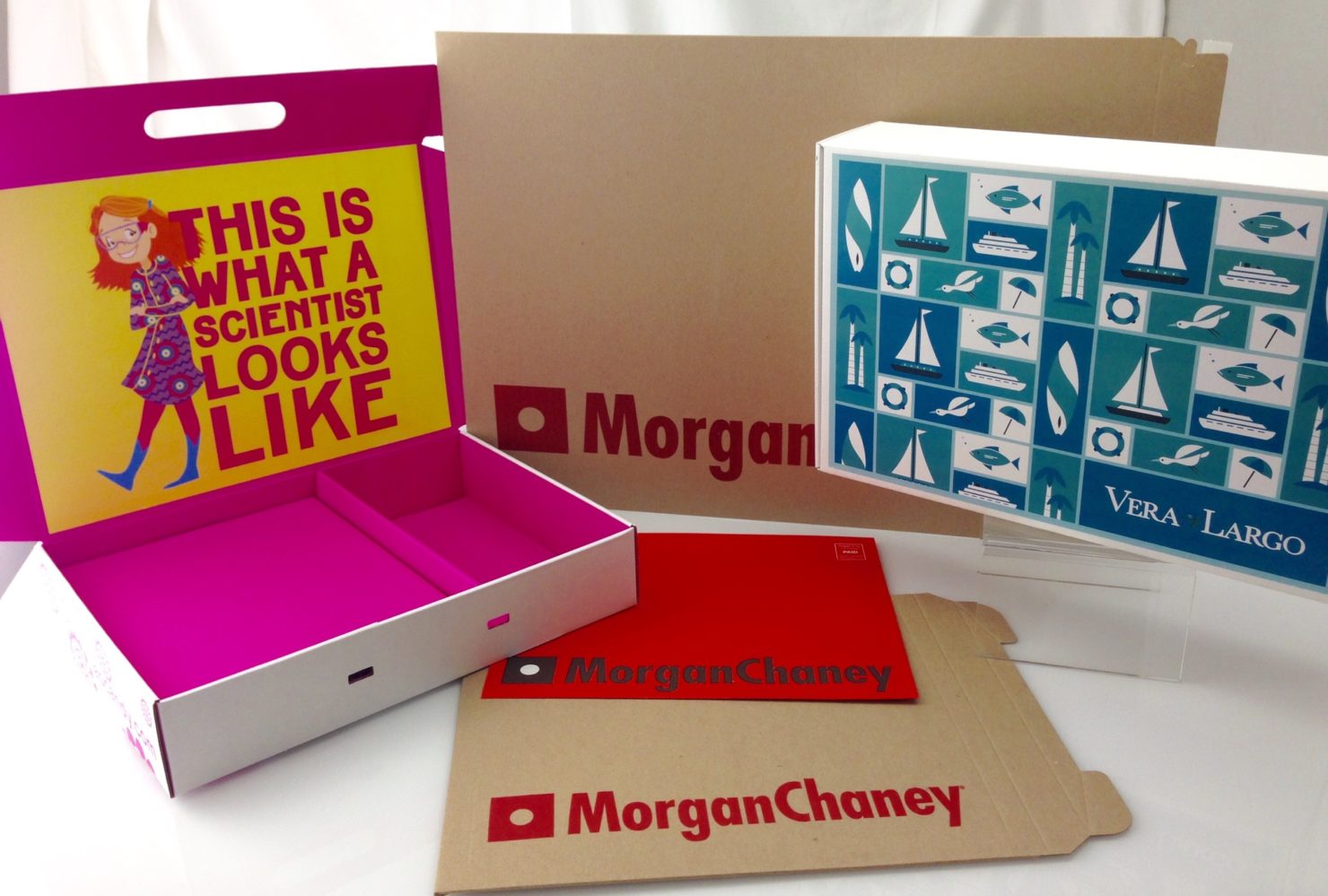Key Packaging Considerations for eCommerce
The ecommerce supply chain is usually more demanding than the traditional retail supply chain; Smithers Pira expert James White provides a brief overview of what decision makers should be considering when making their packaging decisions.

Designing packaging for ecommerce can be a challenge; the supply chain can be unknown with unpredictable environmental conditions. However, there are several areas for packaging designers to consider which will help mitigate the risk of product damage.
Nature of the ecommerce supply chain
There is no ‘set’ ecommerce distribution route; products bought online may face numerous paths to reach their consumer. Perhaps the simplest is where the product is shipped directly from the retailer to the consumer, although the package can still face environmental unknowns.
Alternatively, the retailer may outsource fulfilment to a third party (such as Amazon). This can bring additional packaging challenges as the product has to be shipped in bulk to a warehouse facility, before distribution to the consumer in individual units.
Depending on the customer’s order, there may also be additional items from other retailers which form the total package and could have a negative impact on their product. Ecommerce platforms open up an international marketplace, although this also brings more complex distribution channels.

Type of Product
Your product type will have a huge impact on the level of packaging protection required; is it fragile, flexible, high-value, or contains liquids or perishables? Any of these factors will impact how the packaging is designed to protect the product and ensure it reaches the customer in an undamaged condition.
Customer Expectations
In the age of social media transparency, this is an area growing in importance. It goes without saying that a customer will expect their product to arrive intact, but many also expect the packaging to be undamaged too. We recently undertook a study where 39% of online shoppers said that damaged packaging would put them off placing another order with the brand.
The unboxing experience is also an important consideration; for a good experience, your packaging doesn’t just need to be protective it also needs to be aesthetically pleasing and easy to deconstruct.
Sustainability
An increase in consumer awareness has caused a shift towards the use of recycled materials in packaging, and the usage of recycled (and recyclable) packaging can be a critical benefit against a competitor’s item. The packaging itself could also be redesigned to use fewer materials, with smart design reducing the amount of unnecessary void-filling materials while still providing suitable product protection.
Legal Obligations
There are various legal requirements for the distribution of certain products, such as those containing lithium-ion batteries or if they include hazardous chemicals or pharmaceuticals. These are usually specified as part of regulations and require simulated testing to demonstrate regulatory compliance.





